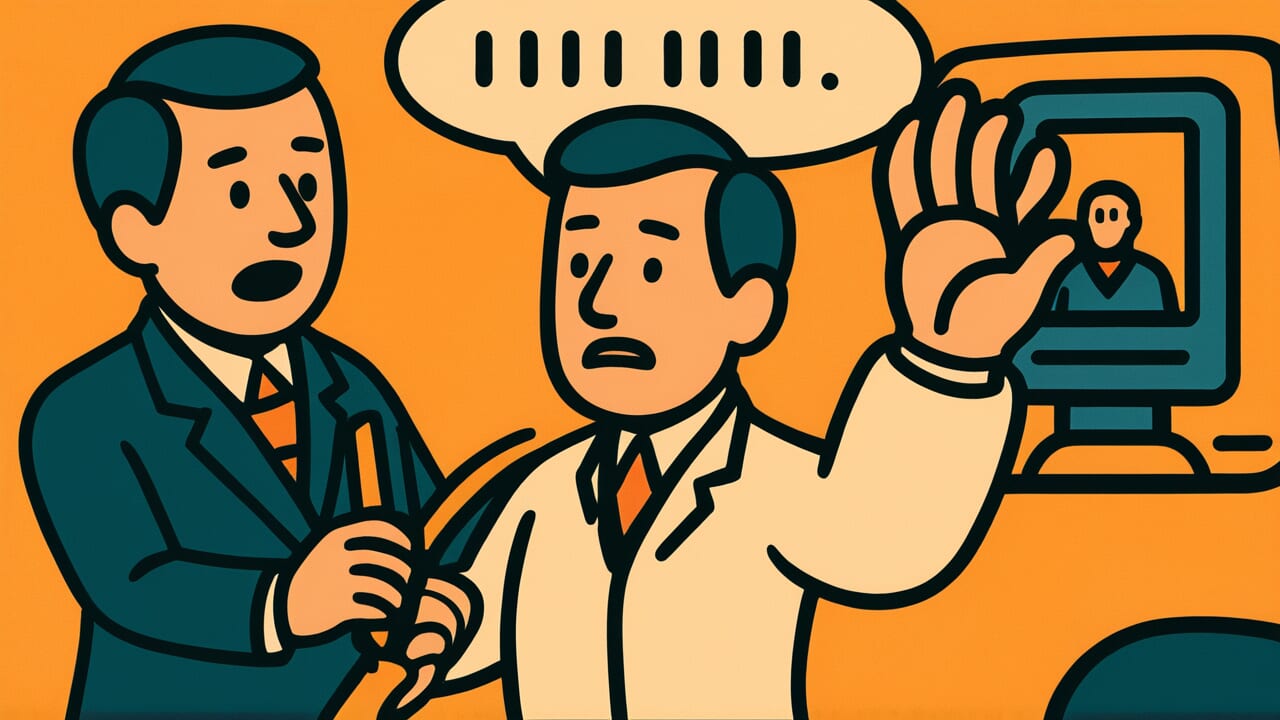How to Read “Teach twice, scold once”
Nido oshiete ichido shikare
Meaning of “Teach twice, scold once”
“Teach twice, scold once” is a proverb that shows the basic mindset for guiding others. When you want someone to learn something, don’t scold them right away. Instead, teach them twice first.
It’s natural that people don’t understand after just one explanation. Only after teaching twice should you scold if there’s still no improvement. This proverb shows the proper order of instruction.
This expression applies to education, discipline, training subordinates, and raising children. Basically, any situation where you help someone grow. Today, we often want quick results.
But this proverb assumes that growth takes time. It asks teachers to be patient. Scolding should be the last resort. Teaching is the real job.
This saying also contains humility. Before blaming someone’s mistakes, ask yourself: Was my teaching good enough? This is a phrase with deep meaning.
Origin and Etymology
The exact source of this proverb is unclear. However, it has been passed down for generations as an expression of traditional Japanese educational values and parenting wisdom.
The structure of the phrase is striking. It contrasts “twice” with “once.” This numerical ratio itself carries meaning.
By using specific numbers to show the balance between teaching and scolding, the lesson becomes memorable and practical. This kind of oral teaching was likely valued in Edo period temple schools and home discipline.
Traditional Japanese educational thought emphasizes not rushing human growth. Teachers should patiently watch and wait. Influenced by Zen teachings and Confucianism, Japanese culture developed an approach that values repetitive learning over harsh criticism.
This proverb condenses that Japanese educational philosophy into one expression.
The idea of minimizing scolding also connects deeply with Japanese culture’s emphasis on relationships. Rather than scolding emotionally, first teach. Only scold if there’s still no improvement after teaching.
This step-by-step approach has been passed down as wisdom. It protects the other person’s dignity while encouraging growth.
Usage Examples
- When training new employees, follow the spirit of “Teach twice, scold once” and guide them carefully without rushing
- Even when children repeat the same mistakes, start with patient teaching, just as “Teach twice, scold once” suggests
Universal Wisdom
“Teach twice, scold once” contains deep insight into the nature of human learning. People cannot understand things perfectly on the first try. Learning new things requires repetition and time.
Our ancestors expressed this obvious truth in a clear, numerical form.
Why was this proverb created? Because humans have emotions. We have the weakness of scolding out of frustration.
When someone doesn’t understand, we feel anxious and angry. But if we scold based on those emotions, our message won’t reach their heart. Instead, it creates fear and resistance, blocking real learning.
This proverb has been passed down for so long because it questions the humanity of the teacher. Scolding is easy. But having the patience to teach the same thing twice is hard.
You must believe in the other person’s growth. You must improve your teaching methods. You must wait patiently. This requires respect and love for the other person.
Raising others actually means raising yourself too. Through someone else’s mistakes, you notice your own immaturity. By teaching, you also learn.
This proverb quietly teaches us about the mutual nature of human relationships.
When AI Hears This
Brain neural circuits are covered with an insulator called “myelin,” like electrical wires. This makes signal transmission up to 100 times faster. Myelin grows thicker as you repeat correct actions.
But here’s the important part: once myelin thickens, it’s hard to thin it out. In other words, “strengthening correct circuits is far more efficient than weakening wrong ones.”
However, when you receive criticism, a part of your brain called the amygdala reacts strongly. It releases a stress hormone called cortisol. This cortisol interferes with memory formation in the hippocampus.
It also suppresses cells called oligodendrocytes, which are needed for myelin formation. In other words, while being scolded, your brain switches from “learning mode” to “defense mode.” The work of building new circuits stops.
What about the “teach twice” part? Neuroscience research shows that stabilizing neural circuits for new skills requires at least two to three successful experiences.
The first time creates a “draft” of the circuit. The second time, myelin starts wrapping around it. Only at this stage can you introduce error signals (scolding) without breaking the circuit. They function as “fine-tuning.”
In other words, first solidify the correct circuit somewhat, then add corrections. This sequence is the optimal procedure for brain wiring work.
Lessons for Today
This proverb teaches modern people the “power to wait,” which is especially needed in our results-driven era. We’re used to getting instant responses on social media. So we expect quick results from human growth too.
But truly important things take time to learn.
At work and at home, when others don’t act as we expect, we quickly voice our dissatisfaction. But stop and think. Did you really communicate enough? Did you teach twice in a way the other person could understand?
This proverb urges us to reconsider how we interact before trying to change others. Teaching actually deepens your own understanding. As you think about how to communicate clearly, your own insight grows sharper.
Most importantly, this proverb brings warmth to human relationships. The security of being taught twice gives people courage to try. People show their true potential in environments where they feel safe to fail.
The patience you show someone becomes the key that unlocks their possibilities.



Comments